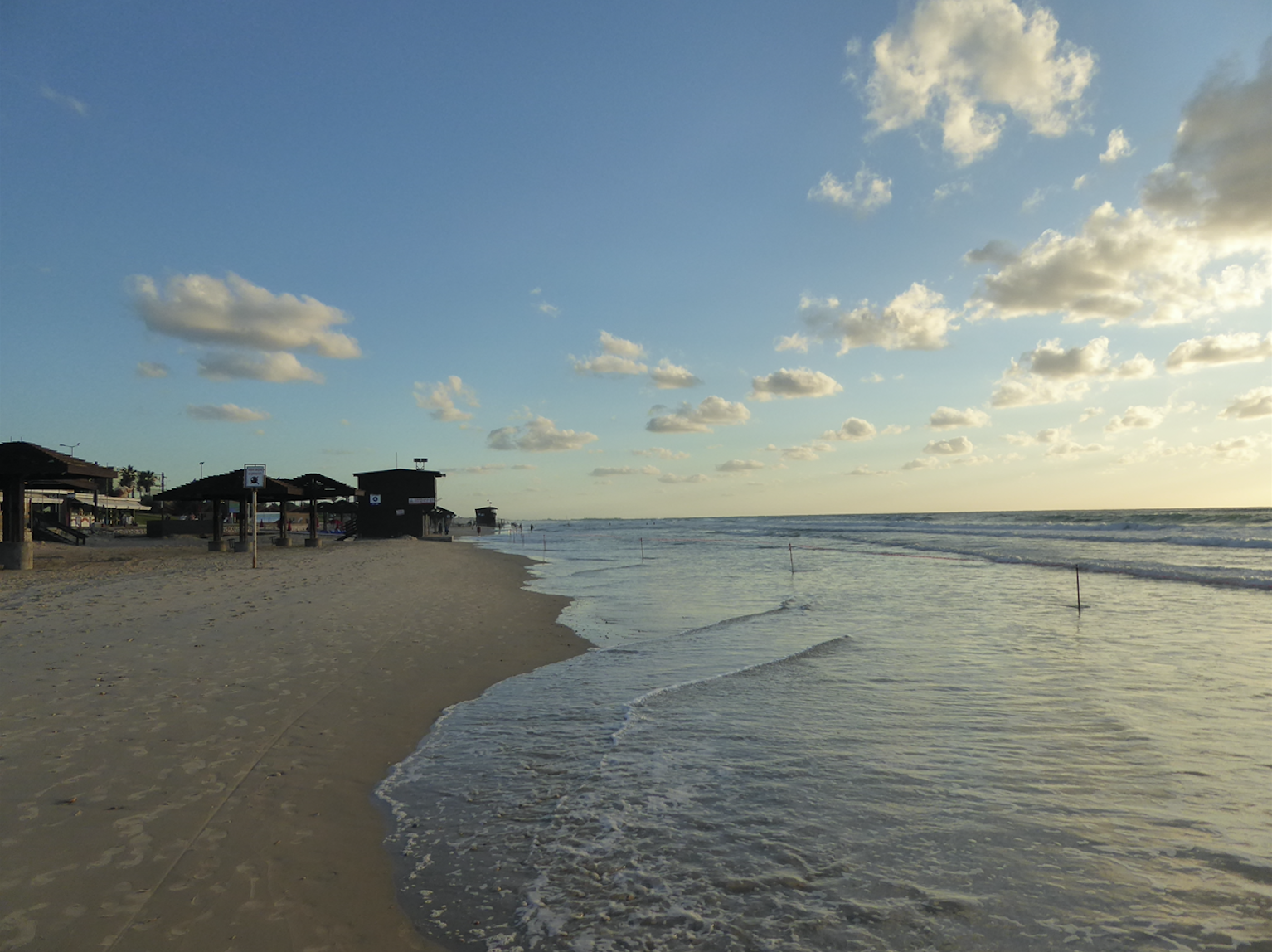Interviews in Israel
Posted by Survey of London on Dec. 3, 2017
Oral histories are a core part of our work on the Whitechapel project. Our interviewees have come from all walks of life and from the many communities that make up Whitechapel past and present. They have also ranged widely in age, from 30-something to 99. But what all the interviewees had in common, until recently, was that they all, even if no longer in Whitechapel, still live in or near London. Many old Whitechapel-ites, however, have roamed rather further than Newbury Park or Edgware, and last month one of the Survey historians met four who now live 2,000 miles away, in Israel.

David Shaffer (b. 1947) left Whitechapel when he married at 21 but then spent nearly 40 years in the US before 'making Aliyah' to Jerusalem in 2005. Gloria Spielman (b. 1963) has lived near Tel Aviv since 1988, though her mother Sophie still lives in Vallance Road and has been in the news recently, fighting to save her home there. Jack White (b. 1925) and Gwen White (b 1930) also moved, to Karmiel in northern Israel, in the 1980s. Interesting lives, a world away from the East End, but these interviews, conducted in balmy November weather in Jerusalem, Tel Aviv and Haifa, were all about Whitechapel. Or were they?
The project's map follows the 'official' borders of Whitechapel, as defined by the old parish of St Mary Matfelon, or the London borough as it was up to 1900. But Whitechapel as understood by those who grew up there is a much more elastic entity. Strictly speaking, none of the interviews grew up in 'Whitechapel'. David Shaffer grew up around Thrawl Street, off Brick Lane, what is technically Spitalfields, to the north of Whitechapel. Jack White lived in Jubilee Street, just to the east of Whitechapel, in Stepney. But they both thought of it as Whitechapel. By contrast Gwen White did not think of where she lived, in Wellclose Square, to the south, as Whitechapel, at all. Yet the west side, where she recalled the faded grandeur of 18th-century houses (once the Danish embassy) and the tiny cottages of Harad's Place (now just a railed pathway next to Shapla Primary School), is 'official' Whitechapel. One thing that is certainly emerging from our interviews and contributions to the Whitechapel map is that identification of 'place' is just as mutable and variable as any other kind of identity - cultural, religious, racial or national.



